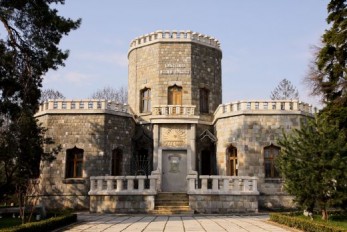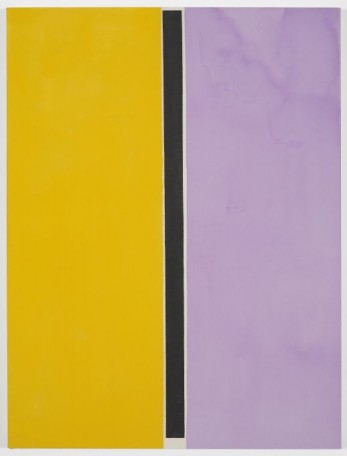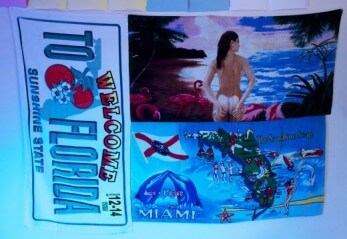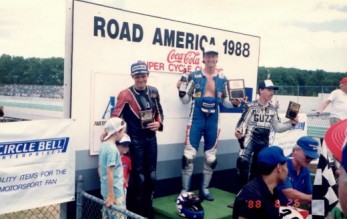Tag Archives: essays
MĂIASTRA: A History of Romanian Sculpture in Twenty-Four Parts

“More goat than donkey.” This is how my father described B. P. Hasdeu, with an epithet he reserved for men whose intellects he admired and whose views he loathed. Bogdan Petriceicu Hasdeu was a Romanian writer and linguist, and a prominent figure in the Romanian intellectual community of the late nineteenth century. Hasdeu was the father of Protochronism, the delusional school of revisionist history that exaggerates the feats of the ancient Dacians, a Thracian tribe thought to be the ancestors of modern Romanians. [Note: Protochronism is a historical aggrandizement that was used by Communists to stir up nationalist pride, and is yet another Romanian cultural hemorrhoid, one we will be examining in greater detail in entries to come.] B. P. Hasdeu’s goatlike brilliance had the power to inspire and confound, and the impact of his work can be felt across Europe to this day. To Romanians, however, Hasdeu’s legacy will forever be coupled with that of his only daughter, Iulia.
A Word for the Year

One might think it would have been big news in museum circles when Merriam-Webster proclaimed its word of the year in 2014 to be “culture.”
Zombie Paintings at MoMA

Painting seems to have returned from the dead, again. The frequent pronouncement that painting is dead, followed by the declaration of its eventual resurrection, is an important, but often overlooked part of the modern (and postmodern) artistic tradition.
Miami: A Driving Tour

“Don’t walk. Drive.” I can’t count the number of times I was given these instructions while visiting Miami, regardless of how close I was to my destination. I was offered this advice after having parked just a two-blocks’ walk away from Pérez Art Museum Miami to see a pop-up art project nearby.
Perhaps more than anything else, driving my rental car around the city defined my three-day stay in Miami. This marks a significant departure from my typical visit. Like most art tourists and professionals, I head to Miami Beach in December for the fairs, and if I travel around the city, it’s in a cab or art fair shuttle bus. I don’t rent a car, I don’t expect to get around quickly, and I don’t anticipate spending much time on Biscayne Boulevard. During those trips, I spend most of my days studying the floor plans of fairs and my nights blogging from a perch on my hotel bed.
Facadism: “Who Goes There? Speak up or get a facelift!”

As the artist Nick Lobo told me over pisco sours at SuViche, Miami is a resort that grew, and grew some more, but it’s still a resort—a place where people come to get away from wherever and whatever they’re from, and whoever they were previously connected to, for a while or forever. The tourist hustle and the short con are as old as the sea and as new as that day’s sunlight. Visitors are welcomed, sized up, and fleeced in endlessly inventive ways that pepper the conversations of locals. Visitors who stay longer begin to welcome, size up, and fleece newcomers, in turn.
Thinking Outside the Academy

While Miami’s art scene is often faulted for lack of depth and conceptual rigor, there is enough intellectual energy here for a group of eight artists (spearheaded by Odalis Valdivieso and Lidija Slavkovic) to organize Fall Semester, a two-day rapid-fire conference where internationally recognized scholars, critics, and theorists came together to consider the city—especially this city, situated on the northern frontier of the global South.
Excited Delirium: Graffiti and Miami

Early on the morning of August 6, 2013, officers of the Miami Beach Police Department spotted REEFA tagging his name on a closed-down McDonald’s. He was adding his tag to a mix of signs and other graffiti that was already plastered on the walls. REEFA, standing at 5’6” and weighing roughly 150 pounds, ran from about six cops until he was cornered a few blocks away. After allegedly resisting arrest, he was knocked to the ground then stunned in the chest with a Taser by officer Jorge Mercado. As the officers celebrated, the suspect went into cardiac arrest. Once delivered to Mt. Sinai Hospital, as stated in the police report, Israel Hernandez “expired.” All he got up on the wall was the ‘R’ in REEFA.
MiamiHistory / HistoryMiami

When I tell new acquaintances that I direct Miami’s history museum, invariably they assume I’m making a joke. “Miami?” they gasp. “It doesn’t have any history!”
Until The Marrow Spills

My grandfather raced on the beach course at Daytona in the late ’40s and early ’50s. Two miles up the beach sand and two miles back down A1A. He was never seriously injured but bore close witness to a spectator being struck by racers and all parties losing their lives. My father began racing in the early ’60s as pavement tracks took precedent over dirt. As speeds increased so did injuries, and he saw his fair share challenging to be one of America’s best. He learned early that broken bones were merely an inconvenience, rather than a deterrent from doing what he loved. At 12, he ran over his own leg at the now defunct Hialeah Speedway. A month later he cut his cast off with a hacksaw and decided not to return to the doctor.

